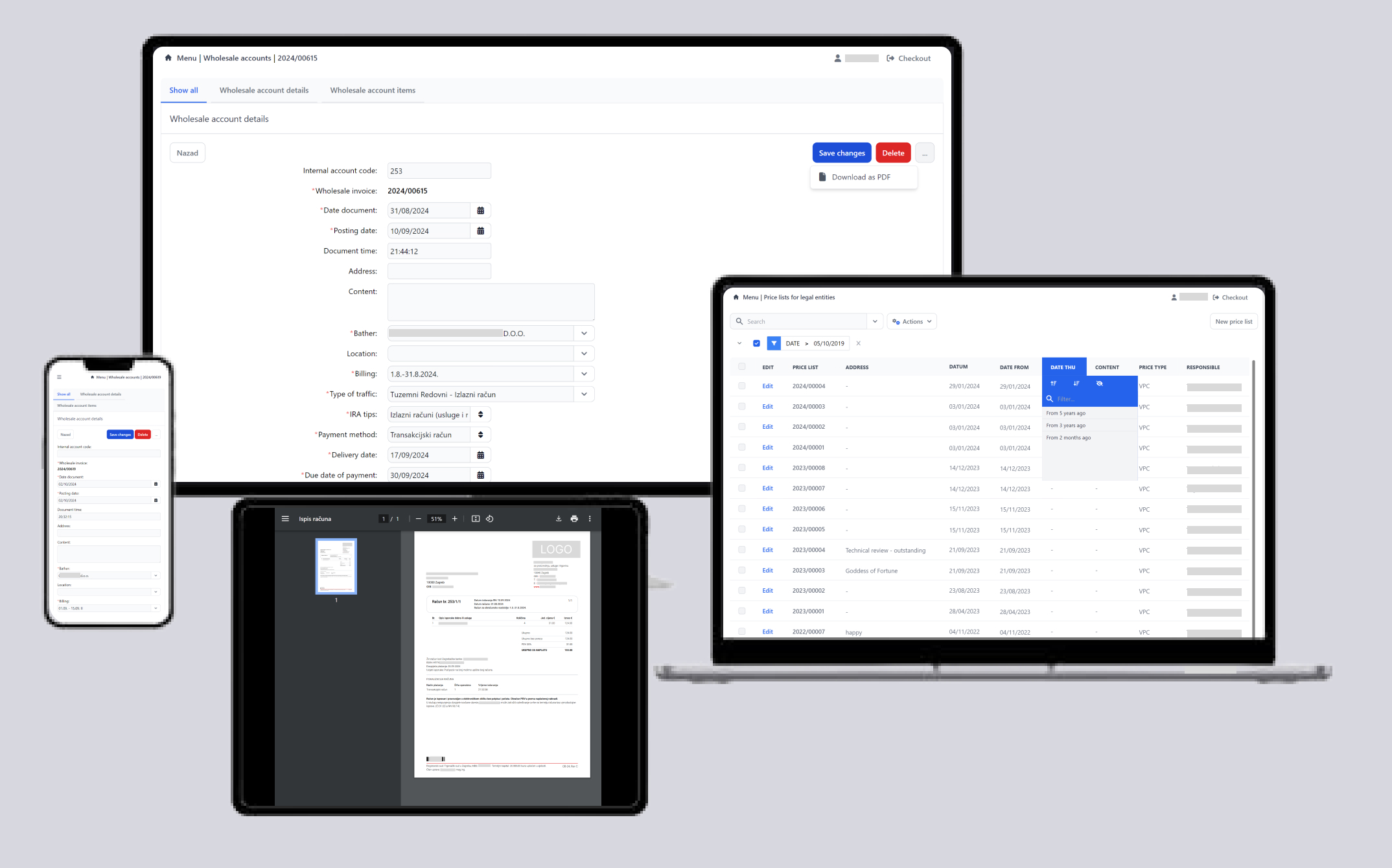Legal Document Automation


The project began with a meeting, we defined all of their software needs and suggested some additional features that we thought could be useful. The result was a beautifully optimized system that greately improved their workplace productivity, and brought a long-awaited reliability factor back on the table.
Read on to find out how the project was delivered.
In our first few meetings, we arranged the requirements and scope of the project in terms of which legal work requires automation.
The process of development was split into multiple phases:
Our design team then created a responsive design layout with a total of 14 individual pages.
After the design phase, we made 7 data tables where all the data entries would be sored, shortly thereafter creating
an add/edit entry and edit page option on which data from each entry could be replaced. Afterwords, we
made 12 document templates and a custom conversion API to write data into the them, followed ba a conversion into PDF.
Each entry option was then made to be exported as a PDF document, some entries had more exports than others, based on their importance.
Their documents often needed to have signatures; our system then added them electronically, and every account has assigned their own.
The DevOps phase was focused on the deployment of the product to the cloud and the World Wide Web. Our team used an ARM-based Debian
instance and launched the product to the cloud, while setting up the firewall, restricted database access, a NextCloud installation,
DNS configuration and domain setup.
OUR WORK